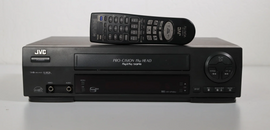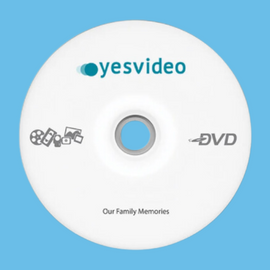
Physical Photo Albums
A photo album is a collection of photographs, typically bound in a book or other physical form, that is used to preserve and display memories. Photo albums have been around for centuries, with the first known examples dating back to the early 19th century. At that time, albums were usually handmade and contained a mix of personal photos, postcards, and other ephemera.
Over the years, photo albums have undergone many changes and innovations. The invention of the photograph itself revolutionized the way we preserve and share memories, and the proliferation of cameras in the 20th century led to a proliferation of photos and the need for more efficient storage solutions.
One of the major shifts in the history of photo albums was the move from black and white to color photography. Color prints became widely available in the 1950s, and albums quickly adapted to accommodate them. This allowed for a more vivid and accurate representation of memories, and color photos remain the dominant form today.

A Digital Revolution
In recent decades, the rise of digital media has had a significant impact on the photo album industry. With the ability to store and share photos as JPG images, many people have moved away from physical albums and towards digital storage solutions such as cloud-based platforms and social media.
This shift has brought convenience and accessibility to enjoying JPG photos, and MP4 videos too. Despite a myriad of digital storage options, the desire to preserve and share memories remains strong. Photo albums, whether physical or digital, continue to play an important role in our personal and cultural histories.
As digital media has become more prevalent in recent years, there has been a shift away from traditional photo albums for storing and displaying pictures. While physical albums can be a beautiful and nostalgically satisfying way to preserve memories, there are several drawbacks to this method of photo storage.

Digitize Photos & Videos
One of the main issues with traditional photo albums is the limited space they provide. While the number of photos we take has increased dramatically with the proliferation of smartphones and digital cameras, the capacity of physical albums has remained the same. This means that we often have to choose which photos to include and which to leave out, leading to difficult decisions and potential regrets about leaving certain memories behind.
Another drawback of physical photo albums is the difficulty in organizing and finding specific photos. Unless we are extremely diligent about labeling and categorizing our albums, it can be challenging to locate a specific image among dozens or even hundreds of others. This can be especially frustrating when we are trying to find a specific photo to share with someone or use in a project.
In addition to these issues, traditional photo albums are also vulnerable to damage, loss, and natural disasters such as fires or floods. Memories cannot be replaced by insurance. This risk adds an element of uncertainty and insecurity to photo storage that is not present with digital media.
While physical photo albums have their charms, it is important to consider these drawbacks and weigh them against the convenience and security of digital storage options. The best method of photo & video storage will depend on individual needs and preferences. However, those making digital copies of their memories may be seen as a hero to their friends and family.

Cloud Reinvents Memory Enjoyment
Cloud storage has become increasingly popular for storing and accessing photos & videos in recent years. With the ability to save large amounts of data in the cloud and synchronize it to any device, it's no wonder that many people are opting for this convenient and hassle-free option. More than just scalable storage, the cloud is incredibly durable. Data center redundancy means you may lose one photo every 10 million years!
One of the main advantages of cloud storage for photos and videos is the ability to access them from anywhere. Whether you're at home, at work, or on vacation, you can easily view and share your memories with just a few clicks. This is especially useful for people who travel frequently or have multiple devices, as it allows them to keep their photos and videos organized and accessible no matter where they are.
Another convenience of cloud storage is the ability to share photos and videos with others. Most cloud-based platforms offer easy-to-use sharing features that allow you to send a link or invite others to view or download your media. This is a great way to share memories with friends and family, especially if they are not able to physically be with you.
In addition to the convenience of access and sharing, cloud storage also offers the benefit of being able to store an unlimited amount of data. With physical storage options such as hard drives or secure digitial (SD) memory cards, there's a significant limit to how much you can store. With cloud storage, you can store as many photos and videos as you like, without having to worry about running out of space.
Overall, cloud storage is a convenient and practical option for storing and accessing photos and videos. It offers the ability to access and share your memories from anywhere, and the ability to store an unlimited amount of data. The convenience of cloud storage makes it an appealing choice for many people.

